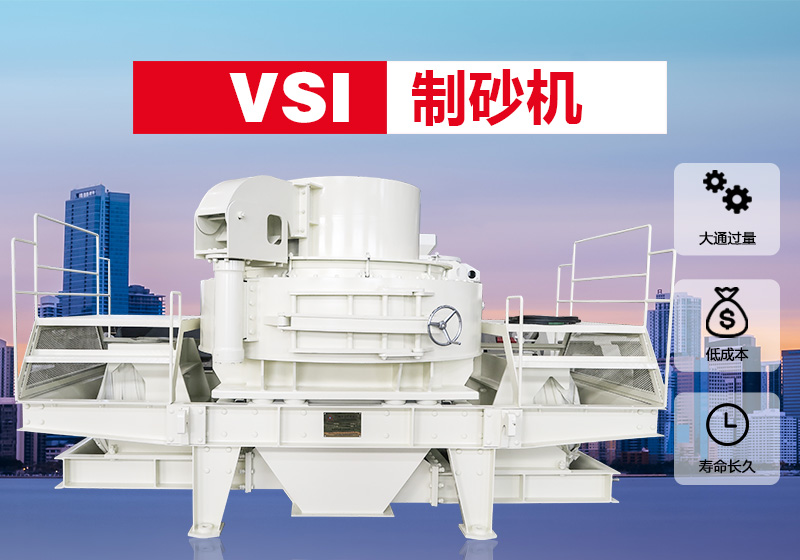
Vibrating feeder
1. Reasons for the imbalance of the vibrating feeder body
1. Improper installation of equipment: During the installation process of the vibrating feeder, it is necessary to ensure a firm connection between the body and the foundation. If the installation is improper or unbalanced, the body will be unbalanced.
2. Design and manufacturing defects: During the design and manufacturing process of the vibrating feeder, if the balance issue is not fully considered, or the installation of components is inaccurate, such as improper adjustment of the position of the eccentric block, it may cause the body to be unbalanced.
3. Uneven distribution of materials: During the process of conveying materials by the vibrating feeder, if the materials are unevenly distributed, it will cause the load on the body to be unbalanced, resulting in imbalance.
4. Equipment aging or damage: After long-term use, key parts of the equipment may age, wear or be damaged, such as bearings, gears, etc., which will also cause the body to be unbalanced.
2. Solutions to the imbalance of the vibrating feeder body
1. Equipment installation and fixation: Ensure that the foundation of the equipment is flat, solid, and fixed in accordance with the equipment manufacturer’s requirements to avoid imbalance of the fuselage caused by improper installation.
2. Design and manufacturing optimization: During the design and manufacturing stages of the vibrating feeder, the balance issue needs to be fully considered to ensure that the installation position of each component is accurate. At the same time, the position of the eccentric block is adjusted and optimized to achieve better balance.
3. Adjust material distribution: In order to solve the problem of machine body imbalance caused by uneven material distribution, certain measures can be taken to adjust material distribution. For example, the number of material distributors can be increased and the position of the material distributors can be adjusted to achieve uniform distribution of materials.
4. Check key components of the equipment: Regularly check and maintain key components of the equipment, such as bearings, gears, etc., and replace worn or faulty parts in a timely manner to ensure the normal operation of the equipment.






 Leave Message
Leave Message Chat Online
Chat Online










